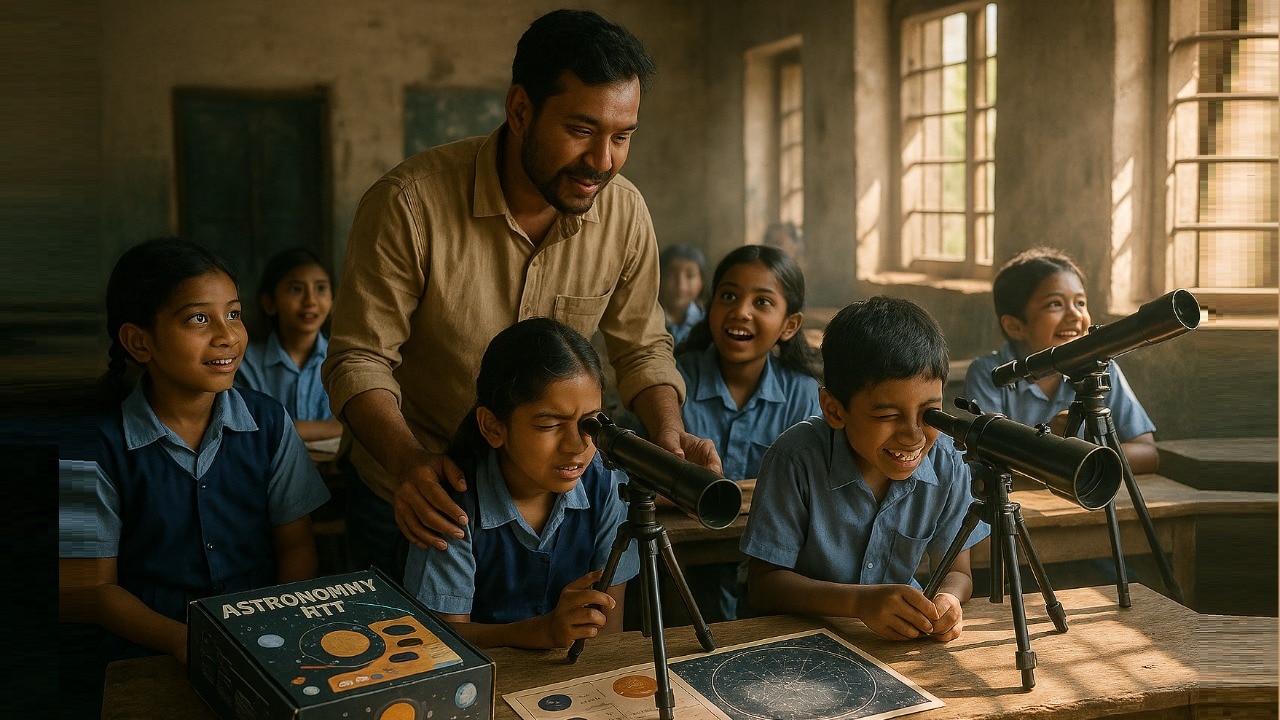In a government school in Purulia, a group of students stare wide-eyed at a projection of the Moon’s South Pole. The workshop is part of LIFE-To & Beyond Foundation’s Beyonder’s Space Club Bangla, which has been taking astronomy sessions to rural and tribal schools across West Bengal.
For many of these children, it’s their first close look at the craters they’d only seen on TV after India’s Chandrayaan-3 landing. “The interest in space and astronomy has skyrocketed in India, not only among students and the public from Tier 1 cities but also in Tier 2, Tier 3, and rural regions,” says founder Sibsankar Palit.
advertisement
While Chandrayaan-3 ignited the spark among students that they too can contribute to space exploration in and from India, missions like Gaganyaan and Bharatiya Antariksh Station are paving the way forward.
The recent Axiom-4 spaceflight mission of astronaut Shubhanshu Shukla to the ISS in June-July 2025 was a massive boost in space interest across the country.
These feats have tied national pride to everyday imagination. For young people in towns and villages, such headlines have become an invitation to learn, to tinker, and to aim. Indian students now increasingly feel that the story of space belongs to them.
WHO IS BRINGING SPACE TO SCHOOLS?
Grassroots organisations and new private players are filling classroom gaps. LIFE-To & Beyond — active in West Bengal and beyond — runs Beyonder’s Space Club Bangla and wider outreach programmes that have reached thousands.
The organisation describes itself as a dynamic team of 20+ professionals across five continents and successfully impacting over 5,000 people worldwide since its community inception in February 2022.
On the ground, their Space Club Bangla is bringing training to districts in West Bengal
Continue Reading on India Today
This preview shows approximately 15% of the article. Read the full story on the publisher's website to support quality journalism.
